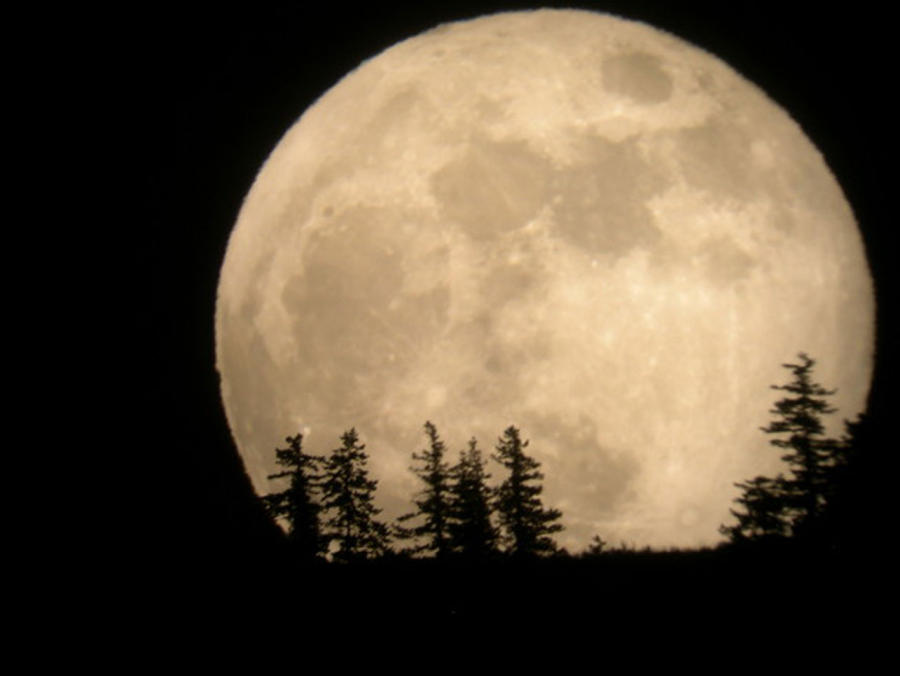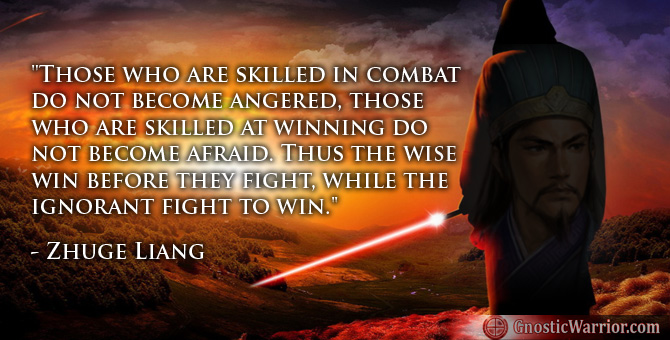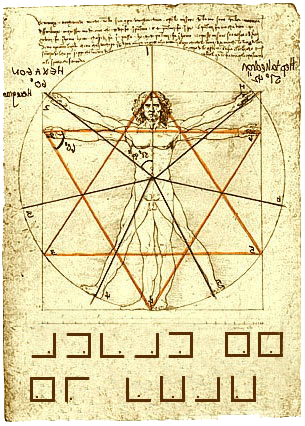The full moon tonight will be the biggest and brightest of 2013. They call it a supermoon because it will be closest to the earth, thus appearing 8 percent larger and 17 percent brighter than normal.
“It’s a subtle difference,” Noah Petro, NASA planetary geologist, told NASA TV. “It really is a reward for people that are looking at the moon quite regularly.”(RT)
is the coincidence of a full moon or a new moon with the closest approach the Moon makes to the Earth on its elliptical orbit, resulting in the largest apparent size of the moon’s disk as seen from Earth. The technical name is the perigee-syzygy of the Earth-Moon-Sun system. The term “supermoon” is not astronomical, but originated in modern astrology.[1] The association of the Moon with both oceanic and crustal tides has led to claims that the supermoon phenomenon may be associated with increased risk of events such as earthquakes and volcanic eruptions. However, the evidence of such a link is widely held to be unconvincing.(Wikipedia)
There is no scientific evidence for any connection between a supermoon and natural disasters.
It is, however, well known that tides are highest during new and full moons — which means if there is a storm surge during a new or full moon, then unusually high coastal flooding may occur.
“When the full or new moon occurs near perigee, there is a slightly stronger effect on the tides,” said Hammergren. “There have been coastal floods associated with storms hitting near spring tide at the time of perigee.”

Moe is the founder of GnosticWarrior.com. He is a father, husband, author, martial arts black belt, and an expert in Gnosticism, the occult, and esotericism.










The moon on the 21st was actually much prettier and very orange although it was technically 2 days before the full moon. The super moon seemed rather mundane.